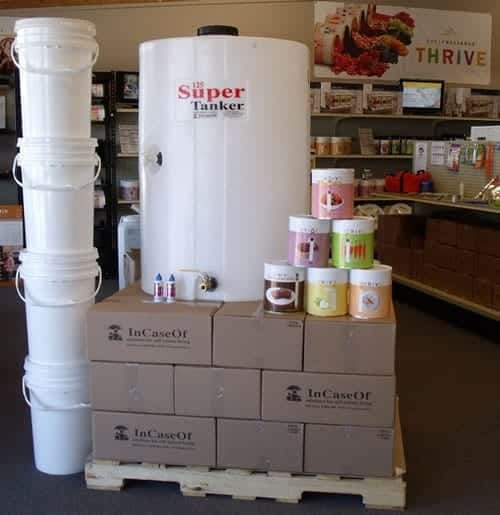Friday Roundup – Earthquake on the left, Superstorm on the right
It has certainly been a busy week for emergency managers and personnel. The personal loss and devastation of Superstorm Sandy has been massive. Looking at the subway system in NYC you get a glimpse into what the cleanup operation will entail. We start this weeks roundup in Canada and then down the eastern seaboard and finish with an informational post on Serving Sizes of Emergency Food Kits.
A Vancouver Island newspaper posted this headline a couple days after the 7.7 magnitude earthquake off the west coast of Haida Gwaii: Emergency officials push for preparedness after earthquake. Karen Lindsay, Nanaimo Emergency Program coordinator said the quake is a reminder that Nanaimo is in a seismically active region and that people should keep emergency preparedness kits in their homes and business. They also remind people that 72 hour preparedness is a minimum but more realistically you should be prepared for 7 days. Saturday’s earthquake was the second largest recorded in Canada.
A great blog post on Disaster Preparedness from Sloan Crosley (great name!) from October 31, 2012. She writes about her own journey of emergency preparedness based on previous experiences and those of friends. A strong line from her post says: “But on Tuesday, I woke up to find that my friend’s fears were warranted. Subways flooded, hospitals lost power, people were fatally wounded.” Powerful stuff!
We finish our roundup with a post from the good folks at dealnews.com. The contributor speaks to the “serving sizes” of advertised emergency food kits. He compares some Costco kits and their serving sizes with a one year supply from Augason Farms. He gives tips from FEMA on recommended items and water rations. Bottom line is do your research on calories, serving size, sodium content and whatever other factors you personally find necessary for your long term food supply. At least we are thinking!
That’s all for this week. Stay prepared!








